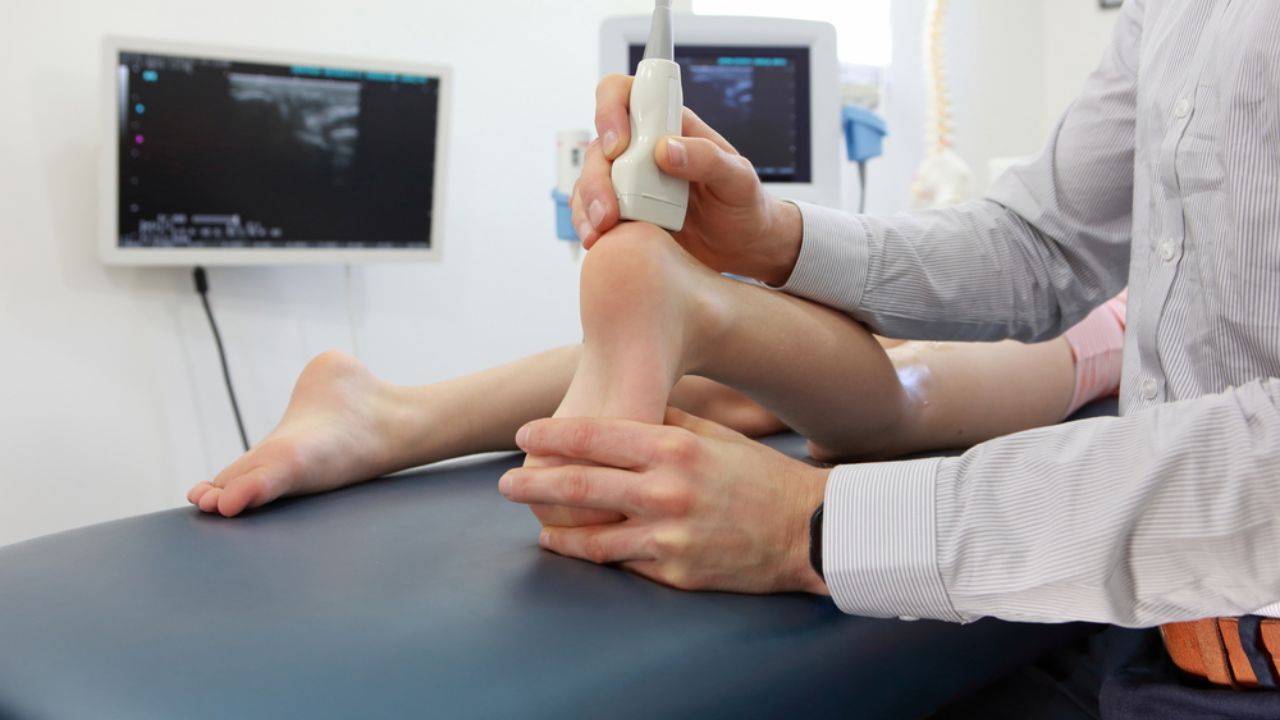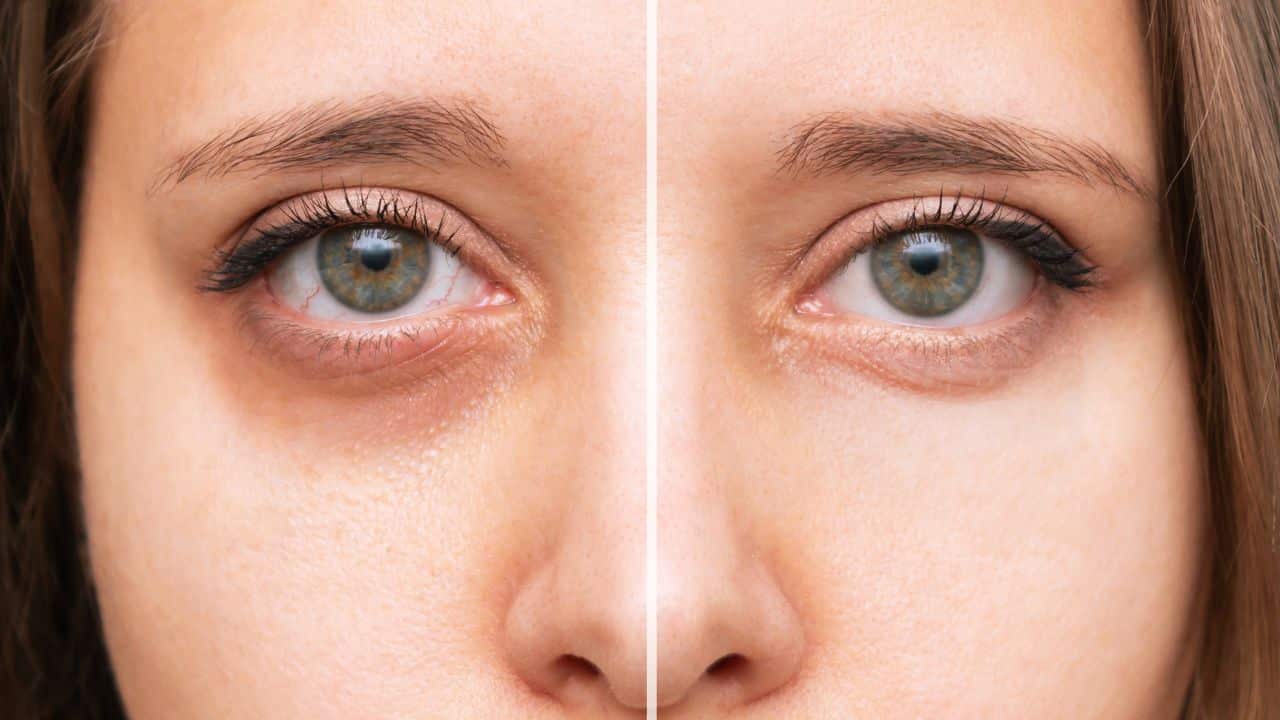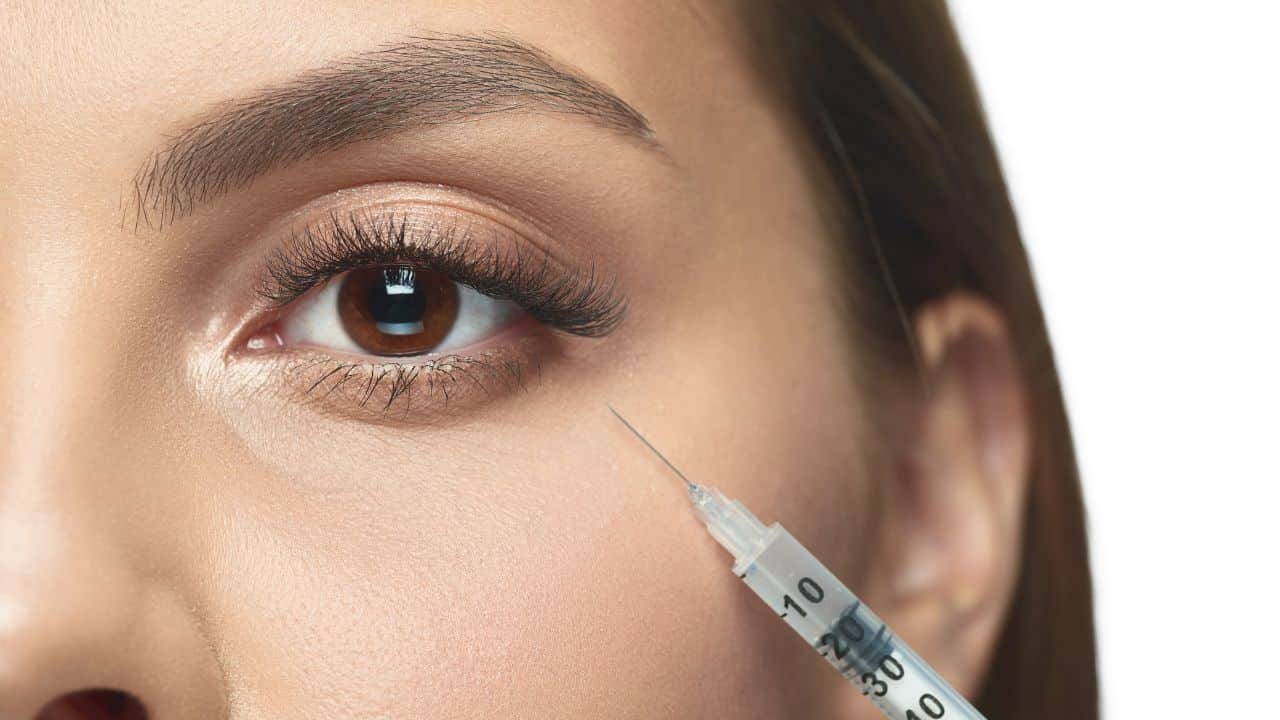Achilles Tendonitis is a common condition that affects millions of people worldwide. It is characterized by inflammation and pain in the Achilles tendon, which connects the calf muscle to the heel bone.
While traditional treatments like RICE therapy, physical therapy, exercise, NSAIDs, and steroid injections can help manage the symptoms of Achilles Tendonitis, they may not be effective for everyone. Platelet Rich Plasma (PRP) therapy has emerged as a promising treatment option for Achilles Tendonitis.
I’ll provide an overview of the condition, the traditional treatments available, and how PRP therapy works. I’ll also compare the effectiveness of PRP therapy and traditional treatments and highlight the advantages of PRP therapy so that you can make an informed decision.
Overview of Achilles Tendonitis
Achilles Tendonitis is when the Achilles tendon, which connects the calf muscle to the heel bone, becomes inflamed and painful. The condition is most commonly caused by overuse and repetitive strain on the tendon, such as running or jumping. Still, it can also be caused by injury or underlying medical conditions.
The symptoms of Achilles Tendonitis include pain and stiffness in the Achilles tendon, especially in the morning or after activity. The tendon may also be tender to the touch, and swelling or a lump may be present. In severe cases, the tendon can become weakened and ruptured.
The Importance of Early Treatment
Early treatment is essential for Achilles Tendonitis to prevent the condition from worsening and potentially leading to a ruptured tendon. Treatment options include rest, ice, compression, elevation (RICE), physical therapy, exercise, NSAIDs, and steroid injections.
However, in some cases, these traditional treatments may not be effective, and PRP therapy may be a better option.
PRP vs Traditional Treatments For Achilles Tendonitis: Which is More Effective?
Effectiveness of PRP Therapy and Traditional Treatments
While traditional treatments like RICE therapy, physical therapy, exercise, NSAIDs, and steroid injections can help manage the symptoms of Achilles Tendonitis, they may not be effective for everyone.
PRP therapy has emerged as a promising treatment option for Achilles Tendonitis, with several studies showing that it can be more effective than traditional treatments.
In one study published in the American Journal of Sports Medicine, patients who underwent PRP therapy for Achilles Tendonitis had significantly better outcomes than those who received corticosteroid injections.
Another study found that patients who underwent PRP therapy had significantly better pain relief and functional improvement than those who received a placebo injection.
Cost and Recovery time of PRP Therapy and Traditional Treatments
The cost of PRP therapy can vary depending on several factors, including the severity of the condition and the number of treatments needed.
While PRP therapy may be more expensive than traditional treatments upfront, it can be more cost-effective in the long run because it may require fewer treatments and have longer-lasting results.
The recovery time for PRP therapy is typically shorter than traditional treatments like surgery or immobilization. Patients may experience pain and swelling at the injection site, but they can usually resume normal activities within a few days.
In contrast, traditional treatments like surgery or immobilization may require several weeks or even months of recovery time.

Why PRP Therapy is More Effective
PRP therapy is more effective than traditional treatments for Achilles Tendonitis because it targets the condition’s underlying cause rather than just managing the symptoms. PRP therapy involves injecting a concentrated solution of platelets from the patient’s blood directly into the injury site.
Platelets contain growth factors and other proteins that help promote healing and reduce inflammation. This concentrated dose of platelets can help stimulate the body’s natural healing process and encourage tissue regeneration.
In contrast, traditional treatments like RICE therapy, physical therapy, exercise, NSAIDs, and steroid injections only manage the symptoms of Achilles Tendonitis. They do not address the underlying cause of the condition.
How Does PRP Therapy Fit into a Comprehensive Treatment Plan for Achilles Tendonitis?

PRP therapy can be a practical component of a comprehensive treatment plan for Achilles Tendonitis. Depending on the severity of your condition, your healthcare provider may recommend a combination of treatments to help alleviate pain, reduce inflammation, and promote healing.
Here are some ways that PRP therapy can fit into a comprehensive treatment plan for Achilles Tendonitis:
- Pain Relief: PRP therapy can help reduce pain associated with Achilles Tendonitis by promoting healing and reducing inflammation. This can allow you to perform physical therapy exercises and other activities that may have been too painful before the treatment.
- Promoting Healing: PRP therapy delivers growth factors and other healing substances to the affected area, which can help boost the natural healing process of your body. This can accelerate recovery and reduce the risk of chronic or recurring tendonitis.
- Complementary Treatment: PRP therapy can be combined with other treatments, such as physical therapy, orthotics, or medication, to achieve better outcomes. Your healthcare provider can develop a comprehensive treatment plan that addresses your unique needs and goals.
- Reduced Recovery Time: PRP therapy can reduce the recovery time for Achilles Tendonitis compared to traditional treatments. This can allow you to return to your regular activities faster and with less pain.
- Improved Outcomes: Studies have shown that PRP therapy can be more effective than traditional treatments for Achilles Tendonitis, resulting in improved outcomes and reduced risk of re-injury.
Risks and Side Effects of PRP Therapy for Achilles Tendonitis
While PRP therapy is generally safe and well-tolerated, like any medical procedure, there are some risks and side effects to be aware of. Discussing these with your healthcare provider before deciding if PRP therapy is right for you is essential.
Infection
As with any medical procedure that involves injecting a substance into the body, there is a risk of infection. However, the risk of infection with PRP therapy is very low, as the injection is done in a sterile environment, and the PRP has antimicrobial properties.
Your healthcare provider will take precautions to minimize the risk of infection, such as sterilizing the injection site and using a new, sterile needle for each injection.
Bleeding and Bruising
As with any injection, there is a risk of bleeding and bruising at the injection site. However, this is usually mild and resolves independently within a few days. Applying ice to the area and avoiding strenuous activity for a few days can help minimize bleeding and bruising.
Pain and Discomfort
Some patients may experience pain and discomfort at the injection site, but this is usually mild and resolves within a few days. Over-the-counter pain relievers such as acetaminophen or ibuprofen can help alleviate any discomfort.
Allergic Reaction
While rare, there is a risk of an allergic reaction to the PRP solution. Patients with a history of allergic reactions should discuss this with their healthcare provider before undergoing PRP therapy. Your healthcare provider will monitor you closely for signs of an allergic reaction during and after the procedure.
Tendon Rupture
There have been some reports of tendon rupture following PRP therapy, although these are rare. It’s essential to follow the post-treatment instructions provided by your healthcare provider to minimize the risk of tendon rupture. These may include avoiding strenuous activity, wearing a brace or support, and undergoing physical therapy.
Traditional Treatments for Achilles Tendonitis
Rest, Ice, Compression, Elevation (RICE)
Rest, ice, compression, and elevation, or RICE therapy, is a standard first-line treatment for Achilles Tendonitis. RICE therapy involves resting the affected area, applying ice to reduce inflammation and pain, wrapping the area with a compression bandage, and elevating the affected leg to reduce swelling.
While RICE therapy can help manage the symptoms of Achilles Tendonitis, it does not address the condition’s underlying cause.
Physical Therapy and Exercise
Physical therapy and exercise can help strengthen the muscles and tendons around the affected area, reducing the strain on the Achilles tendon. Physical therapy can also help improve the range of motion and flexibility, which can help prevent future injuries.
While physical therapy and exercise can be effective in managing the symptoms of Achilles Tendonitis, they may not be effective for everyone. It may take several weeks or months to see results.
Non-Steroidal Anti-Inflammatory Drugs (NSAIDs)
Non-steroidal anti-inflammatory drugs, or NSAIDs, such as ibuprofen and naproxen, can help reduce inflammation and pain associated with Achilles Tendonitis. NSAIDs work by blocking the production of prostaglandins, which are responsible for inflammation and pain.
While NSAIDs can effectively manage the symptoms of Achilles Tendonitis, they do not address the underlying cause of the condition and may have side effects like stomach upset and bleeding.
Steroid Injections
Steroid injections, also known as corticosteroids, can help reduce inflammation and pain associated with Achilles Tendonitis. Steroid injections work by reducing inflammation and suppressing the immune system.
While steroid injections can be effective in managing the symptoms of Achilles Tendonitis, they may not be effective for everyone. They can have side effects like weakened tendons and an increased risk of rupture.
Conclusion
PRP therapy is a safe and effective treatment option for Achilles Tendonitis that is more effective than traditional treatments like RICE therapy, physical therapy, exercise, NSAIDs, and steroid injections. PRP therapy targets the condition’s underlying cause by promoting tissue regeneration and reducing inflammation, resulting in longer-lasting results and shorter recovery times.
If you’re suffering from Achilles Tendonitis and traditional treatments have not been effective, PRP therapy may be a promising option. Our PRP Treatment Beverly Hills specialist team offers PRP therapy for Achilles Tendonitis and other conditions. Contact us to schedule a consultation and learn how PRP therapy can help you return to your active lifestyle.





